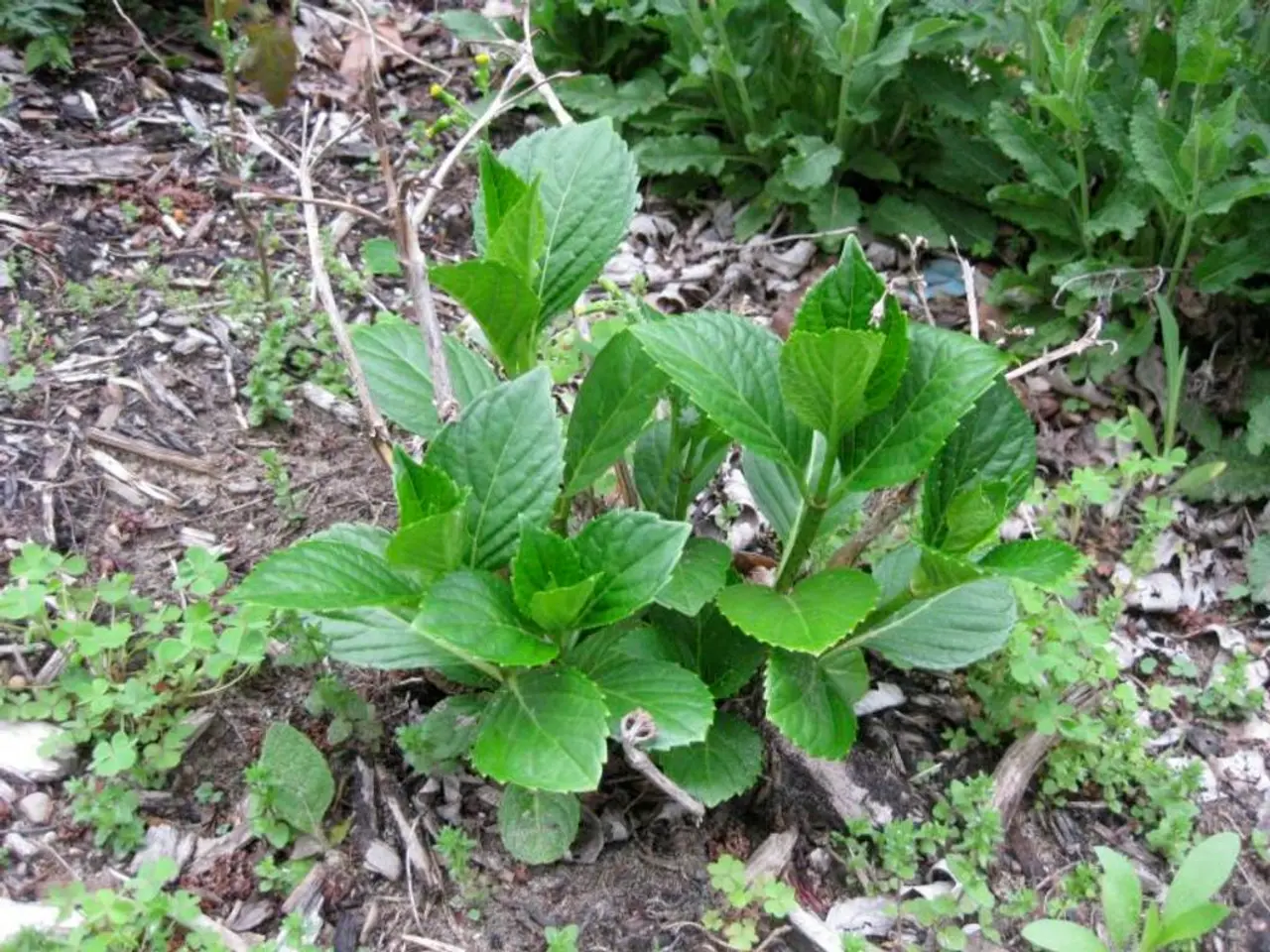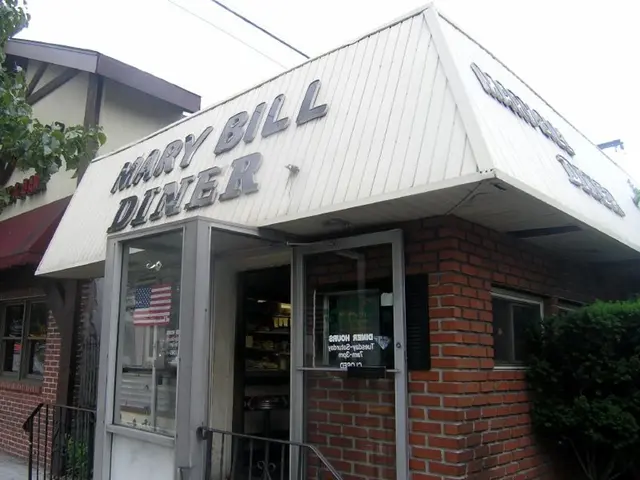Cultivating Autumn Herbs: Essential Advice and Strategies
With the arrival of autumn, the soil becomes ideal for planting, and the cooler temperatures make it the perfect time to start a container herb garden. Gardenuity's Kitchen Garden has been included in Oprah Daily's Best of List, making it an excellent choice for those starting their gardening journey.
Hardy Herbs for Fall and Winter
For a successful fall and winter container herb garden, focus on hardy, cool-weather herbs like rosemary, sage, thyme, parsley, dill, coriander, and chervil. These herbs are either hardy perennials or cool-weather annuals that thrive in lower temperatures and can handle mild frost conditions when grown in containers.
- Rosemary, Sage, Thyme: These Mediterranean perennials are drought-tolerant, have woody stems, and can survive milder winters, making them excellent choices for fall container gardens.
- Parsley: Parsley is a biennial herb that prefers cool weather and can last through winter in mild climates. It requires low maintenance and is versatile in cooking.
- Dill: Thrives in cool temperatures between 40°F and 75°F. Dill can be sown in late summer or early fall for harvests into winter depending on climate.
- Coriander and Chervil: Both are tolerant of cooler temperatures and do well in partial shade, making them good companions in containers for late-season growing.
Container and Soil Considerations
These herbs generally prefer full sun to partial shade and well-drained soil in containers. Use containers that retain moisture for herbs like parsley and basil, while Mediterranean herbs like rosemary and thyme prefer drier conditions and well-aerated soil.
Additional Tips
- Some herbs, such as thyme and rosemary, remain evergreen in mild winters, providing year-round greenery.
- Compost or fertilizer can be added to the soil to replenish nutrients. Recycling soil can be an option, but extra nutrients should be added to replenish the plant's growing environment.
- Refreshing the soil for a successful growing season is essential.
- It's important to ensure a healthy herb garden by harvesting summer herbs that won't tolerate cooler temperatures, removing old soil, and adding nutrients for new plant varieties.
Fall Container Garden Refresh
Summer vegetables should be removed from the container garden for a fall refresh. Beets are one of the favorite iconic fall crops to grow. Gardenuity's mission is to make gardening accessible and fun, and their year-long herb garden subscription is available to help you get started.
Maintaining Herb Freshness
Providing water and sunlight is essential to keep herb harvests fresh. A guide to maintaining herb freshness is available for extra information.
Growing an herb garden is a wonderful addition to any gardening journey. Embrace the autumn season and start your container herb garden today!
- As the fall season approaches, incorporate gardening into your wellness routine and lifestyle by growing a container herb garden with hardy herbs such as rosemary, sage, thyme, parsley, dill, coriander, and chervil.
- To ensure a thriving fall container herb garden, opt for containers with good drainage and choose well-drained soil that retains moisture for herbs like parsley and basil, while Mediterranean herbs like rosemary and thyme prefer well-aerated soil in drier conditions.
- To maintain the freshness of your herbs throughout the fall and winter, provide them with enough water and sunlight, and consider subscribing to Gardenuity's year-long herb garden subscription for ongoing gardening tips and guidance.




